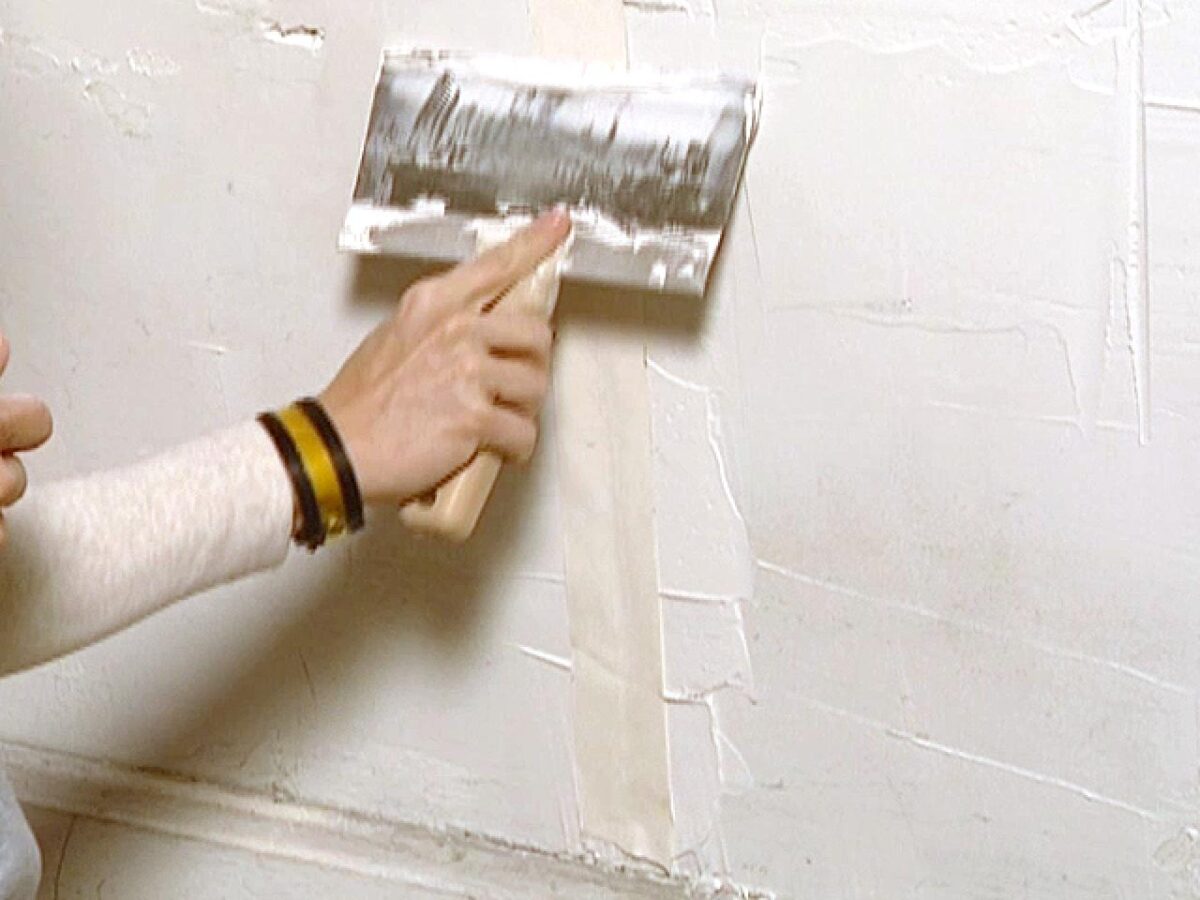Sometimes, your house walls can show stains or damages whose appearance can be due to different factors such as saltpeter, humidity, or cracks that cause the paint to fall. Knowing the origin of the problem is essential to find the most appropriate treatment and proceed in such a way that these damages do not appear again. So if you need to repair your wall, don’t miss the article, in which we show you how to fix a wall with moisture problems, saltpeter and how to patch a wall correctly before painting.
How to patch a wall?
If your walls are plaster and have suffered the wear and tear of time, it is necessary to prepare it before its repair or painting. For this, just as important is the preparation of the plaster as its correct application. If you need to patch up your drywall, take note of these tips. Read also: Diy concrete pool
Prepare plaster to repair walls
Fixing drywall is something you can easily do at home if you have the necessary ingredients. Here’s what you’ll need to know how to fix a wall with holes, cracks, or blemishes:
- Water
- Plaster powder
- A bucket
- A spatula or trowel
To prepare it, follow the steps below.
Read the manufacturer’s instructions that you will find in the plaster package to know the proportion of water and plaster that you have to put in the bucket. The normal thing is usually a tablespoon of plaster for every half liter of water.
Stir the mixture with the help of the spatula or trowel in constant circular movements. Do it slowly, but without stopping, to avoid lumps.
Once everything is mixed, there should be a consistent and lump-free paste. When you get the texture, let it rest for 5 minutes.
After this time, the mixture will have grown in size. This indicates that it is ready to apply to the wall.
How to apply it on the wall?
First, you need to prepare the cracked wall. For this, it is necessary to open the cracks completely with the help of a spatula. If we limit ourselves to working on the visible area when we apply the plaster and repair the cracked wall, pieces of the wall will probably continue to come off of the adjacent areas.
Once the wall is scratched, the area must be thoroughly cleaned. Use a brush to clean the cracks and avoid any dust residue. Once brushed, slightly wet the wall to remove any plaster residue that may have remained on the wall.
Let the wall dry completely. When it is dry, it is time to apply the plaster that we have previously mixed. To do this, take a little with a spatula and deposit it on the wall perpendicular to the crack, helping you flex the spatula. Repeat the task until the crack is filled with the product and the wall is smooth and uniform.
Allow a few hours for the wall to dry completely. When dry, sand to trim excess product and level the wall.
How to repair a wall with humidity?
If you have a problem with condensation humidity or mold on your walls, do not worry, there is an answer to remove it from the walls of your home completely. If you want to know how to repair a wall with humidity, these are the steps you have to follow:
- Before you start patching a wall with water seepage, it’s important to protect your clothes and hands. To do this, use gloves and some old clothes that can stain.
- First, the wall needs to be repaired. Scratch off those areas of paint on the wall that comes off easily due to the moisture problem.
Once scratched, apply a repair plaster with the help of a spatula. Apply and let dry. - Sand the product to equalize and remove excess, so that it does not create a gap in the wall.
- In this step, it is time to apply a primer product. Before this, we advise you to protect the floor, baseboards and plugs. For this, you can put paper or bodybuilder tape.
- When you have protected the wall, you can proceed to apply the primer. You can buy a universal primer product. Brush with damp areas and their surroundings as if you were painting with traditional paint.
- This primer coat must be thoroughly dry before starting the painting.
- Once dry, it is time to apply an anti-mold or anti-humidity paint to the entire wall, not just the areas affected by moisture. These paints are white, so they also serve as traditional paint.
How to patch a wall with saltpeter?
If the nitrate is affecting your walls, it is necessary to carry out the wall’s healing so that it does not appear again. We offer you this simple way to put an end to the nitrate on the walls:
- Clean the area affected by saltpeter. To do this, you have to scrape the wall with a spatula until there is no dust left.
- It is important to overcome limit yourself to the area that visually has nitrate. You should always clean about 15 or 20 centimeters above the affected area.
- Fill a bucket with a little muriatic acid and 28% diluted hydrochloric acid; apply with a brush to the area where the saltpeter accumulation was.
- Leave to act for about 20-25 minutes.
- Rinse or wash the area with hot water. For this, you can help yourself with a cloth and a bucket.
- Let the wall dry.
- If necessary, apply putty or a similar product to level the area. When scratching the wall, it is normal that there are unevennesses that can be fixed by applying putty with a spatula.
We recommend applying some waterproofing paint to protect the wall and prevent the saltpeter from appearing again.

